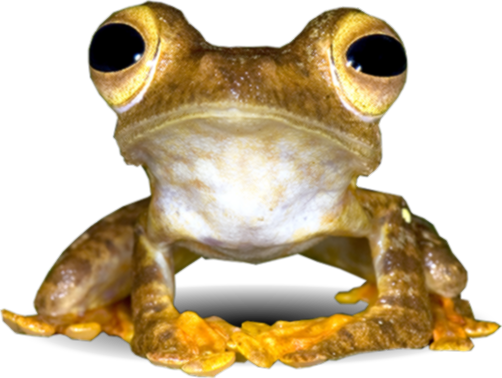Rhodamnia cinerea, known locally as mempoyan, is a shrub to medium-sized tree. It grows in lowland areas to mountains and is sometimes found in coastal areas. It is common in secondary forest. Rhodamnia cinerea is widely distributed in South-East Asia from southern Myanmar, southern Thailand, Peninsular Malaysia, Sumatra, Java, Borneo and south to Australia.
The genus name, Rhodamnia is derived from the Latin words rhodon, meaning rose-coloured, and amnion, meaning surrounded by liquid, and describes the red fleshy fruits where the seeds when young are surrounded by liquid. The species name cinerea, means ash-grey, and refers to the whitish lower surface of the leaves. Sometimes this tree is called ‘silverback’ because of this characteristic. However, in shaded environments, the leaves are green on both sides.
Mempoyan resembles species in the Melastomataceae family due to the opposite arrangement of leaves and the three conspicuous parallel veins arising from the base of the leaves. However, they have different stamens and fruits (Utteridge & Bramley, 2014). Members of the Melastomataceae have 8 to 10 stamens and a capsule while the flowers of mempoyan have very many stamens and the fruit is a berry. Sometimes, the mempoyan fruit is covered with silky hairs. Its inflorescence is axillary with clusters of 4 to 6 flowers. Mempoyan flowers have 4 – 5 white to cream petals and a fragrant odour. It has an inferior ovary.
Mempoyan plays an important role in our ecosystem. Its leaves are a source of food for the Malayan flying lemur, an endangered species (Jackson, 2012). Others animals like squirrels, bats, birds and monkeys eat the juicy mempoyan fruits and disperse the seeds. The timber is only used locally for minor construction. In Indonesia, the rich tannin of the bark is used to tan fishing nets and also for producing a black dye (Scott, 1979).
